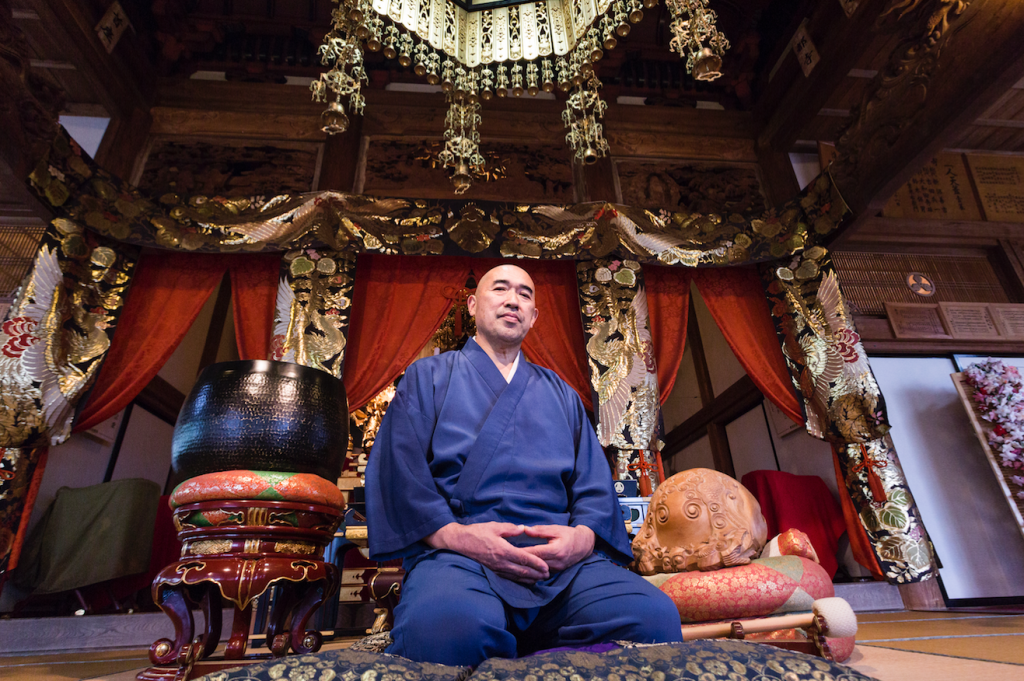We travel to Iwate Prefecture to find out more about a new crisis management workshop being held in a city that’s slowly recovering after the 2011 earthquake and tsunami.
When you stand on the steps leading up to Suwa Shrine, exactly 15m above sea level, and look down at the land in repair below, it’s hard to imagine just how picturesque the town of Rikuzentakata was before the 2011 Tohoku earthquake and tsunami. Fifteen meters is the height the water reached, engulfing the entire city center, and destroying its once-white-sand beach as well as the 70,000 pine trees that framed this little patch of paradise. Now, from our viewpoint, there are only mountains of soil – which are being brought in to raise the land so that all new buildings will be constructed above sea level – and one lone dilapidated house owned by a man who refuses to tear his home down even though it’s unlivable.
Today, Amya Miller, who works as a Principal Consultant for the City of Rikuzentakata, has brought us to this particular spot so that we can try to imagine what it must have been like for those who scrambled up these very stairs to escape the waves, and were forced to spend the night on top of the small hill where Suwa Shrine is perched. It’s also one of the spots she brings participants in the Cross Cultural Crisis Management Experience, a program set up this year by Miller and the City with the aim of using their experience to educate others how to respond during a disaster.
“One of the biggest lessons we learnt after the tsunami was that even though the city had an instruction manual dictating what to do and where to go, the manual was not good enough,” explains Miller. “For example, out of 33 evacuation sites, 28 were not high enough, and as a result many people died even though they believed they would be safe.” Out of the city’s population of 24,000, nearly 1,800 died, and 213 are still missing. “No-one expected the water to reach fifteen meters,” she says. “So we realized we absolutely have to raise the bar now.”
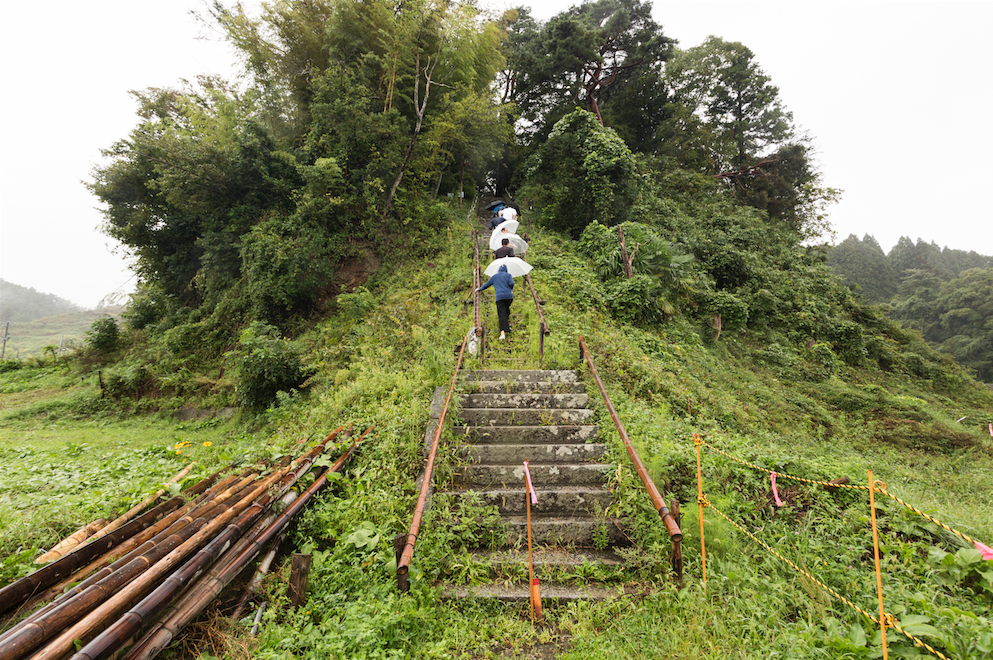
The steps leading up to Suwa Shrine
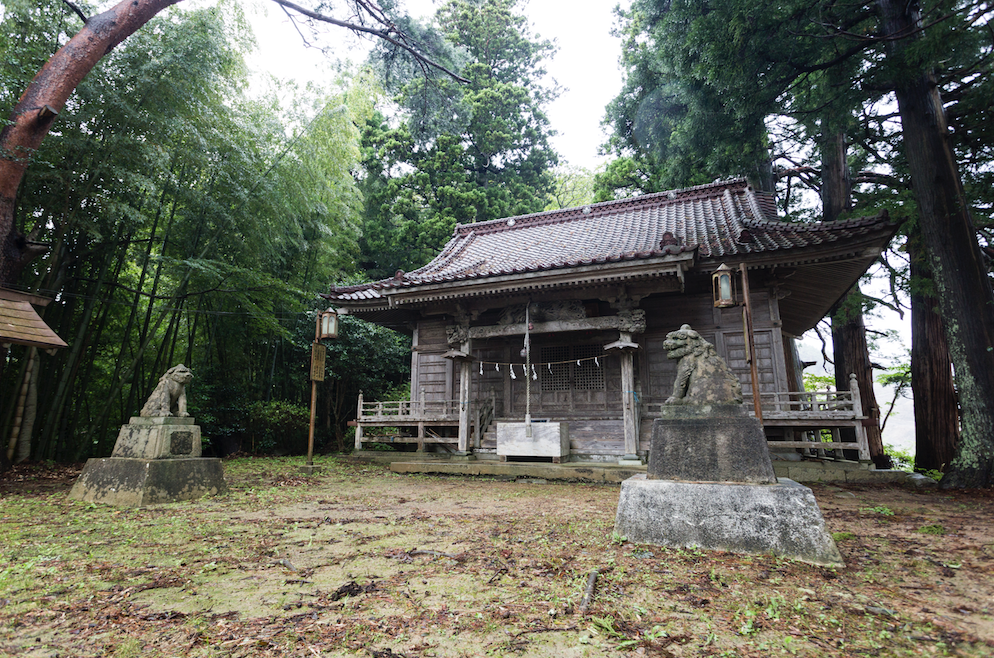
Suwa Shrine, where a group of around 80 people were forced to spend the night, surrounded by 15m high water, after the tsunami hit
Recognizing that Japan is not the only country that faces the constant threat of earthquakes and tsunamis, she believes Rikuzentakata and its residents can share valuable lessons with people around the world in terms of understanding how to react during a crisis. Miller, who is American but was raised in Japan, has already held three workshops this year made up of groups of students and experts from the US. The city also welcomes tourists who might be planning to visit Japan on vacation and would like to include a few days spent in Rikuzentakata, both for learning and sightseeing.
The workshop extends over a number of days, depending on the package booked, and Miller takes participants to a variety of sites around the city, putting them through physical exercises that force them to make life-or-death decisions within a matter of seconds. “I want people to realize that how you respond immediately creates a domino effect. You cannot take your decision back, and you have to deal with the consequences, which might even be that you are responsible for someone else’s death.”
Miller also poses some tough questions, which she says can cause emotions to run high. But this is exactly the point: “I want people to deal with difficult emotions – like survivor guilt – before they find themselves in a crisis position. That way they can respond rationally in the moment, because they will have already processed the emotional stuff.”
Survivor guilt is one of the most prevalent feelings among local residents, says Miller. “Many people lost loved ones, and there is often a sense of ‘why did I survive?’”
During the two days we spent in Rikuzentakata, we met one woman who has had to deal with losing not only her home but also her husband and two sons. Although there was no way Fumiko Osaka, who is in her seventies, could have saved her family, she now lives for one objective: “I need my husband and sons to say ‘you did a good job,’ so that when it’s time to join them, they’ll let me in.”
Osaka tells her story in simple English to visitors, many of whom come from abroad to learn about recovery efforts in the area. After showing us around the empty plot of land where her home once stood, we follow her up a hill to her new, modest home, where she performs a traditional Japanese tea ceremony. It’s incredibly moving to hear her speak of her loss, but also inspiring and humbling to witness her resilience.
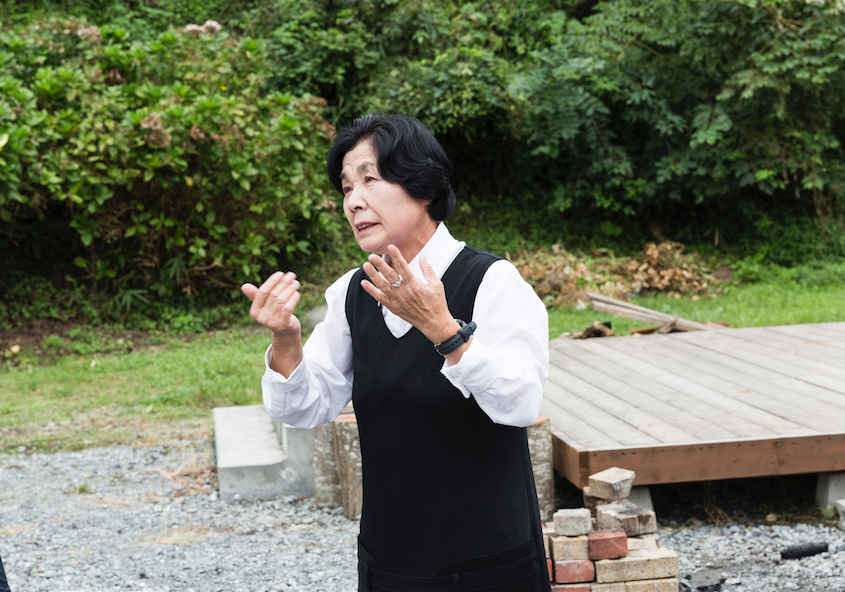
Fumiko Osaka lost her home, husband, and two sons during the disaster
Visiting Osaka’s home is not officially part of the Crisis Management Experience, but it is an additional activity that participants can request to be added to their itinerary. While in Rikuzentakata, we’d also recommend scheduling a visit to Fumonji, a majestic temple that sits serenely on the side of a mountain amidst a forest of tall pine trees.
Here, you’ll meet Buddhist monk Koyo Kumagai (pictured top) who’ll take you through a session of zazen meditation, and tell you tales of fate that are bound to make you consider the validity of a collective consciousness. He’ll also show you around the temple garden that’s dotted with arhat sculptures, all handmade by locals and tourists (if you’d like to try your hand at carving one, the best time is during summer).
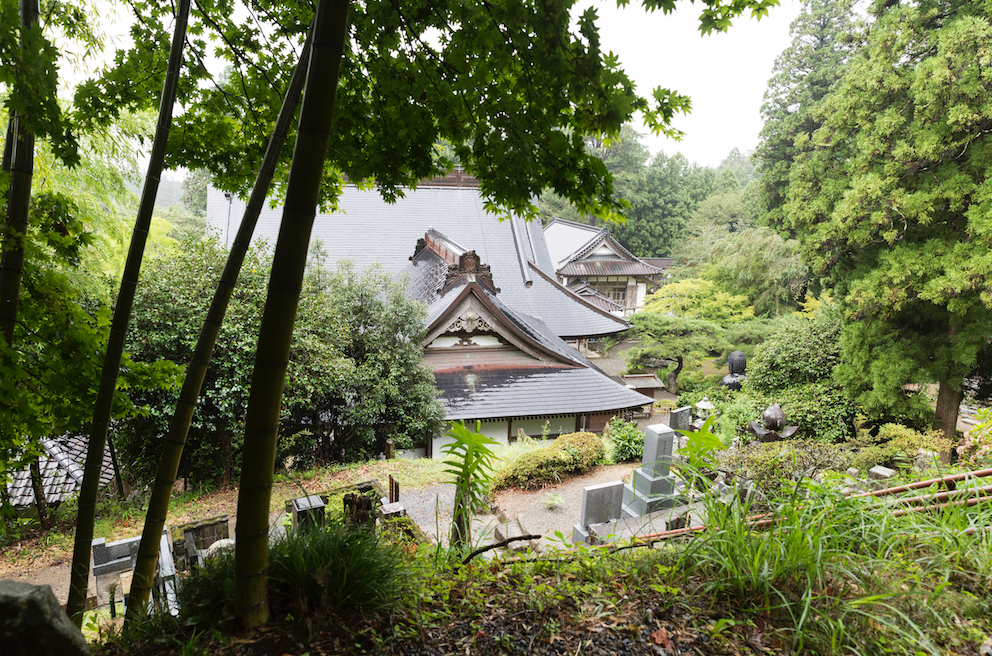
Fumon Temple
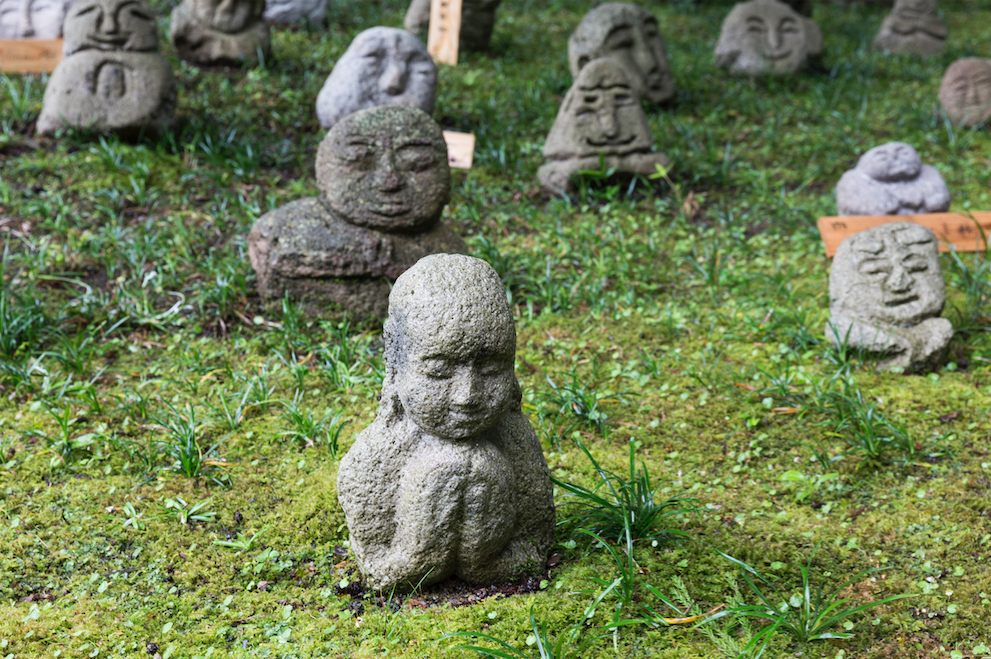
Hand carved sculptures at Fumon Temple
Undoubtedly, one of the most meaningful experiences when booking into the program is that fact that you get to stay with a host family, giving you a rare chance to experience what life is really like for those who live here. We were warmly welcomed by Mutsuko and Souichi Ozawa, a couple who own a small wagyu cow farm that’s tucked neatly in between a row of houses.
Over a dinner of sashimi, miso soup, pickled veg, and their own brand of white rice grown in a nearby paddy field, we ask Mutsuko how she and her husband managed to move on after losing their home and several family members to the tsunami. Her answer is matter of fact: “We had no choice; we had to save the cows. We had to find food for them, even though there was none for us.”
It’s a remarkable statement when you think of all they’ve endured. And it’s testament to the enduring spirit of Rikuzentakata, which Miller succinctly sums up in just a few words: bold, stubborn, and unfailingly proud.
For more info about the program, email [email protected] (Japanese, English, German, Chinese and Korean are okay. If you prefer to email in another language, please allow some time for a reply).
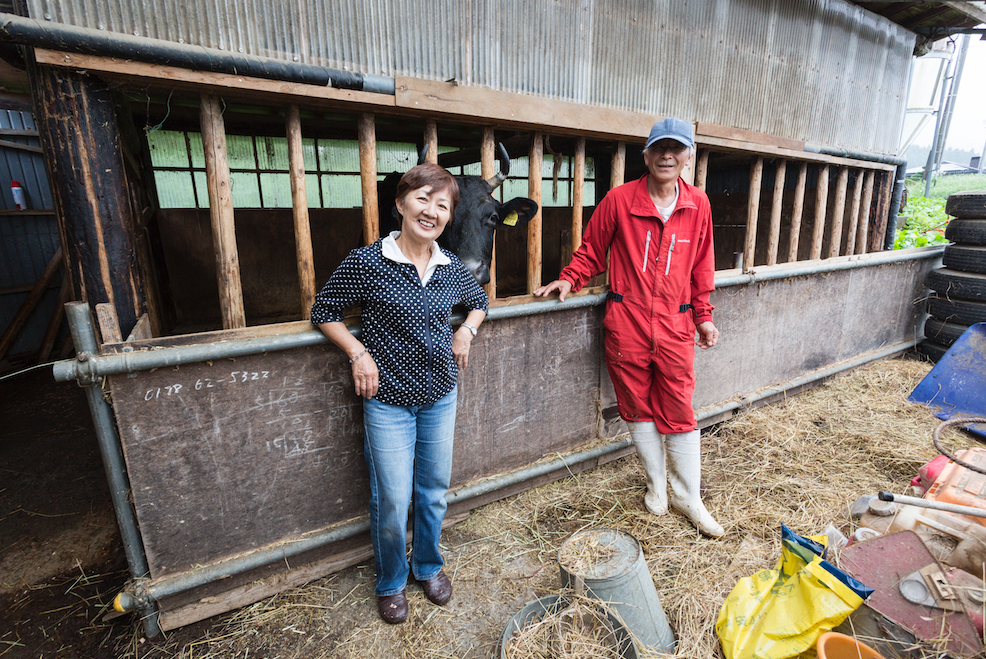
Host family, the Ozawas, on their wagyu cow farm
Four More Things to Do in Rikuzentakata
See the Miracle Pine
The only tree that stood standing in the bay, it was reconstructed to be a symbol of hope and will form part of a National Memorial Park currently being constructed over 1.5km of land.
Eat Soy Sauce Ice Cream
Created by famed soy sauce maker Yagisawa Shoten, this ice cream is available at a small roadside café as you drive into town. The taste? Imagine vanilla with a hint of salty caramel.
Take in the View from Hakone Yama
A short drive up Hakone mountain takes you to this vantage point, which lets you look out across the entire bay.
Drink Pink Juice
It’s made from purple shiso leaves, tastes a little like cranberry juice, and can be ordered at Riku café, which also serves up delicious set lunches and cheesecake made with mulberry leaf.
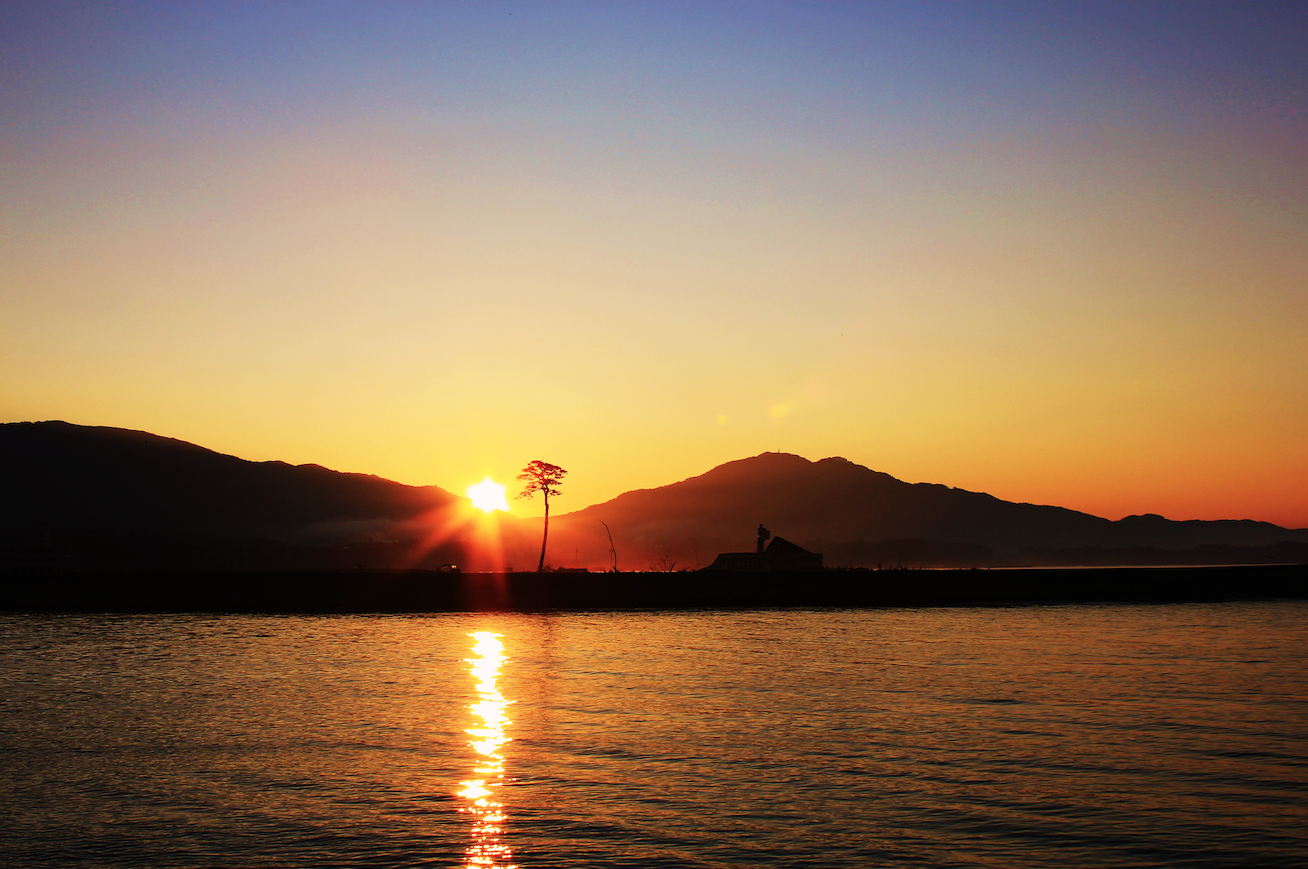
The Miracle Pine
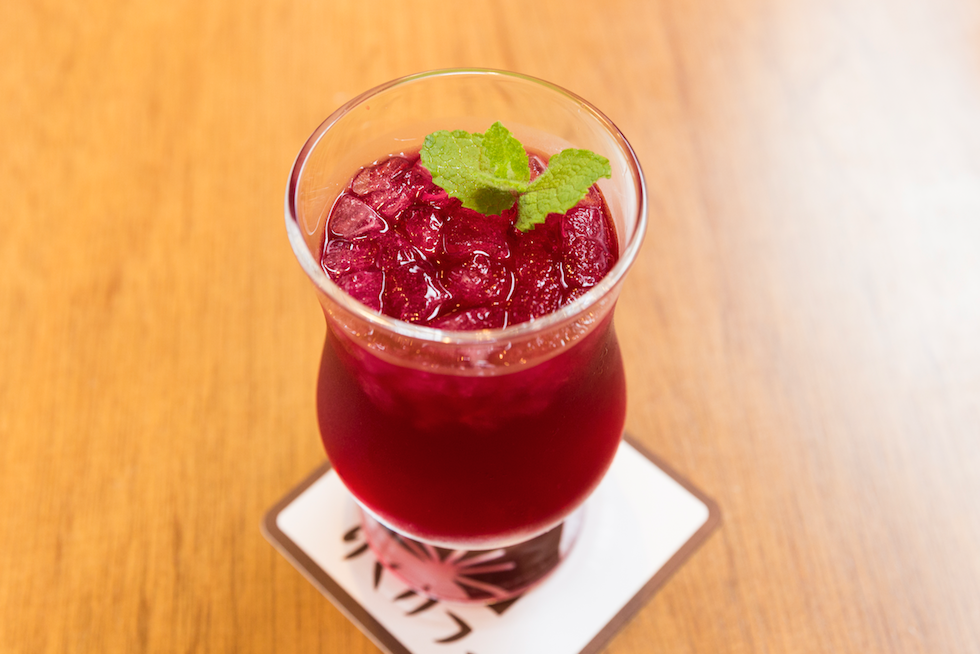
Pink shiso juice
All photos (except for the Miracle Pine) by Simon Bonny
Sponsored Post

